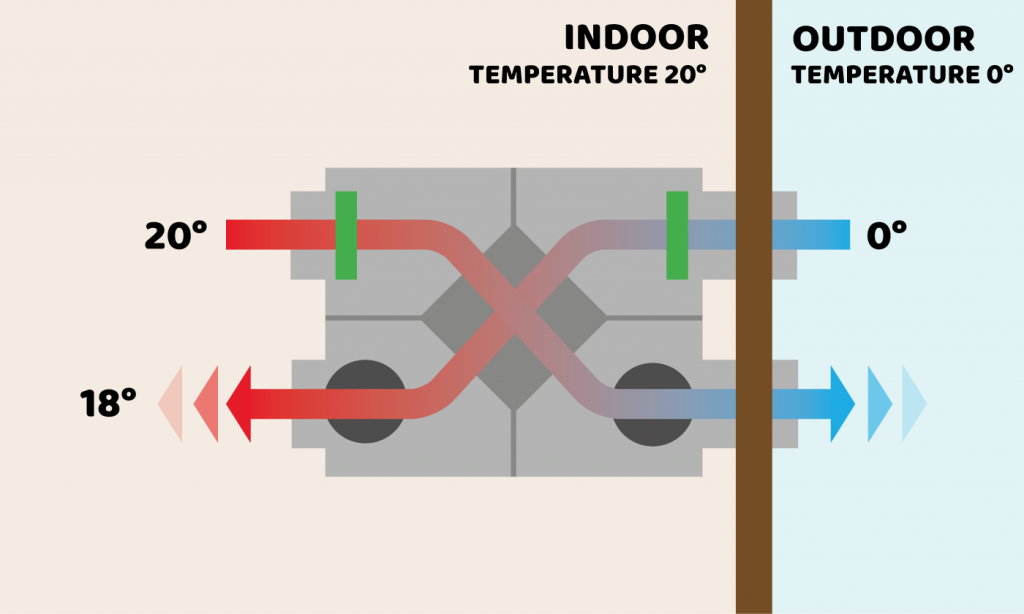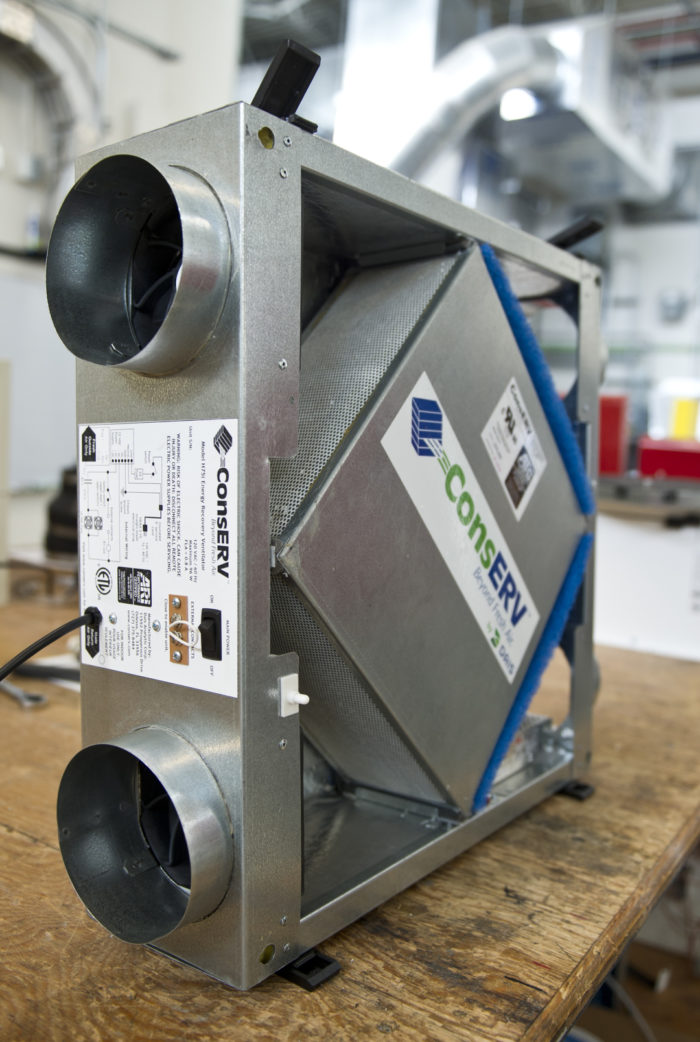7 Indicators You Should Consider HRV in Your Home
Exploring the Perks of Heat Recovery Ventilation for Energy Effectiveness in Homes
Heat Recovery Ventilation (HRV) systems offer homeowners a practical technique to improving power effectiveness. By reclaiming heat from outward bound air, these systems can significantly lower cooling and heating prices. In addition, they supply a stable supply of fresh air, improving interior air high quality and comfort degrees. As house owners think about sustainable choices, comprehending the subtleties of HRV systems ends up being increasingly vital. What elements should one evaluate before making such a financial investment?
Understanding Heat Recovery Ventilation Solutions

How HRV Boosts Indoor Air Quality

Power Cost Savings: The Monetary Advantages of HRV
Taking full advantage of power performance, heat recovery ventilation (HRV) systems offer considerable monetary benefits for house owners. By recouping and recycling warmth from exhaust air, HRVs markedly reduce cooling and heating prices. This modern technology can cause power financial savings of up to 30%, depending upon environment wikipedia reference and usage patterns. Homeowners typically discover lowered energy costs shortly after setup, making HRVs a financially smart financial investment gradually. In addition, numerous regions offer incentives or discounts for energy-efficient upgrades, better improving the economic allure. As power rates proceed to increase, the cost-effectiveness of HRVs becomes increasingly clear. In general, the consolidation of HRV systems not only advertises energy performance however likewise see page adds to lasting economic cost savings for households.
The Ecological Impact of Heat Recovery Ventilation
A considerable ecological benefit of heat recovery ventilation (HRV) systems hinges on their capacity to decrease general power intake. By reclaiming warmth from exhaust air and transferring it to inbound fresh air, HRV systems lessen the need for energy-intensive heating and cooling down approaches. This reduction in energy demand adds to reduce greenhouse gas exhausts, as less fossil fuel is called for to maintain comfy indoor temperature levels. In addition, HRV systems boost interior air quality by successfully trading stagnant air with fresh exterior air, minimizing dependence on mechanical air conditioning systems that can hurt the environment. On the whole, the implementation of HRV systems sustains lasting living methods and aligns with international efforts to fight climate adjustment by advertising energy efficiency in residential setups.
Choosing the Right HRV System for Your Home
Just how can home owners guarantee they select the right heat recovery ventilation (HRV) system for their demands? They ought to analyze their home's dimension and design, as these variables influence airflow requirements. Next, evaluating the system's effectiveness scores is important, as higher ratings indicate much better performance and energy savings. Home owners ought to additionally think about installment and maintenance prices, comparing various brand names and designs for value. Additionally, it is essential to assess noise levels, as some systems run more quietly than others. Consulting with a/c experts can provide customized suggestions based on details home problems. Examining customer evaluations and service warranties can help in making an educated choice, guaranteeing that the picked HRV system effectively improves interior air high quality and power performance.
Frequently Asked Concerns

Just how Usually Should I Clean or Preserve My HRV System?
The frequency of cleaning or keeping a warmth recovery ventilation (HRV) system commonly depends upon use and environmental aspects. Generally, it is advisable to carry out upkeep every six months to assure peak efficiency and air top quality.

Can HRV Solutions Assist Reduce Humidity Levels Inside Your Home?
HRV systems can effectively lower interior moisture levels click this by trading stagnant, humid air with fresh, drier air from outside. HRV Heat Recovery Ventilation. This procedure helps preserve a well balanced indoor atmosphere, enhancing convenience and preventing moisture-related problems
What Is the Life-span of a Common HRV System?
The life expectancy of a normal heat recovery ventilation (HRV) system differs, usually lasting in between 10 to 15 years. Regular upkeep can expand its performance and functional life, making sure peak efficiency throughout its use duration.
Exist Any Noise Worry About HRV Solutions?
Noise worries with HRV systems can emerge, especially from follower procedure. Numerous modern systems are created to decrease audio levels, ensuring they run quietly while preserving effectiveness, which resolves prospective disturbances in living settings.
Can I Install an HRV System Myself, or Do I Need a Professional?
The individual contemplated whether to mount the heat recovery ventilation (HRV) system personally or work with an expert. Usually, while DIY setup is feasible, proficiency guarantees correct performance and compliance with neighborhood building regulations, boosting system performance.